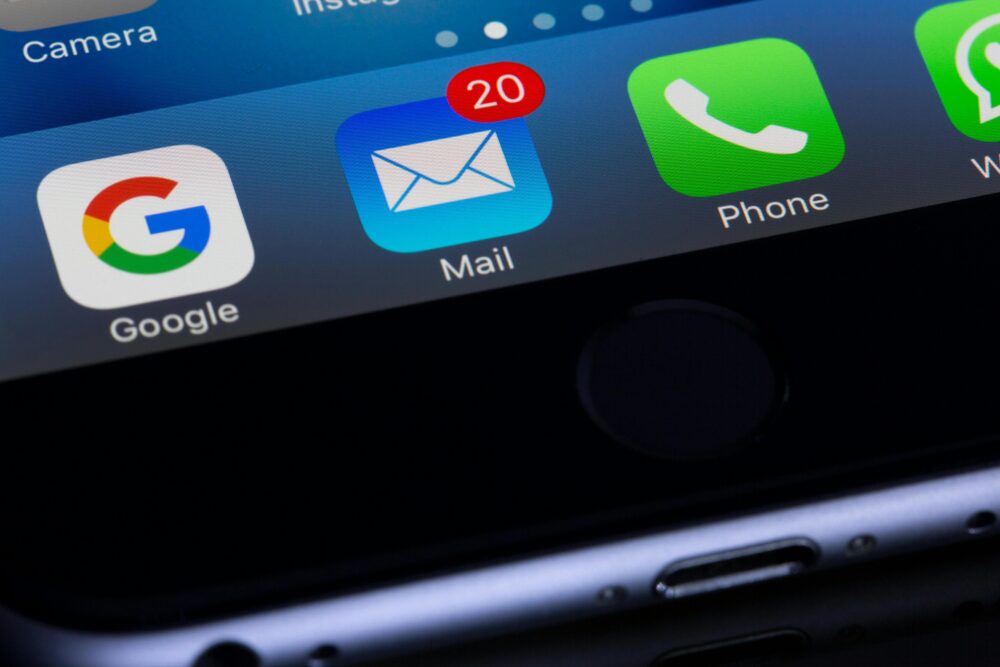In the realm of modern business communication, email remains a cornerstone. Whether you’re reaching out to a potential client, collaborating with colleagues, or negotiating a deal, the way you craft your emails can significantly impact your professional relationships and outcomes. Over time, I’ve learned a few valuable lessons that I wish I knew before hitting “send” on those crucial business emails. Here are five key insights to consider:
- Clarity is King: Before drafting your email, take a moment to clarify your objectives. What do you hope to achieve with this email? Whether it’s scheduling a meeting, presenting a proposal, or seeking clarification on a project, having a clear goal in mind will guide the structure and content of your message. Avoid ambiguity and strive for clarity in your writing to ensure your message is understood accurately.
- Mind Your Tone: The tone of your email sets the stage for how it will be received. It’s crucial to strike the right balance between professionalism and friendliness, depending on the nature of your relationship with the recipient. Avoid using overly formal language that may come across as stiff or impersonal, but also steer clear of being too casual, especially when communicating with clients or superiors. Always aim for a tone that is respectful, courteous, and appropriate for the context.
- Keep it Concise: In today’s fast-paced business environment, time is a precious commodity. Respect your recipient’s time by keeping your emails concise and to the point. Avoid unnecessary jargon, lengthy introductions, or irrelevant details that could clutter your message. Instead, focus on conveying your main points clearly and efficiently. A well-structured email that gets straight to the heart of the matter is more likely to garner a prompt and favorable response. Sticking to one subject per email is a good habit to develop.
- Consider who is in TO and CC: Before hitting send, take a moment to review the recipients listed in the “To” and “CC” fields. Ensure that you’re including only those individuals who truly need to be part of the conversation. Being mindful of who receives your email not only helps streamline communication but also prevents unnecessary clutter in recipients’ inboxes. Be cautious of using “cc” and try to avoid it if possible.
- Consider the Timing: Timing can play a significant role in the effectiveness of your email communication. Consider the recipient’s schedule and time zone when deciding the best time to send your email. Avoid bombarding them with messages outside of their working hours, as this can be perceived as intrusive or disrespectful. Similarly, if your email contains time-sensitive information or requires urgent attention, make sure to convey this clearly in your subject line or opening sentence.
Sending effective business emails requires careful thought and attention to detail. By prioritizing clarity, minding your tone, keeping your messages concise, considering who is in the TO and CC, and considering the timing of your communications, you can enhance the impact and professionalism of your emails. Remember, every email you send is an opportunity to strengthen your professional relationships and advance your business objectives, so make sure to put your best foot forward with each message you send.


